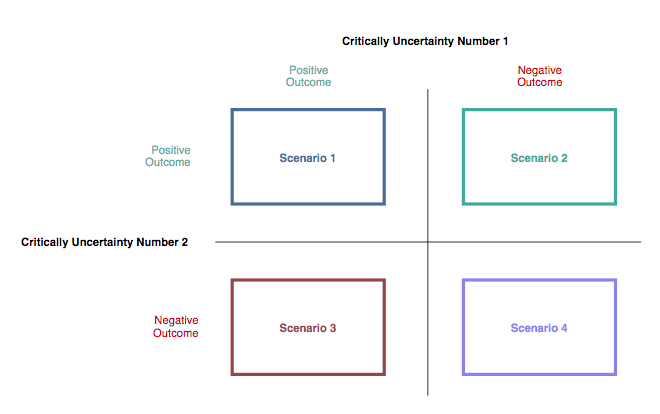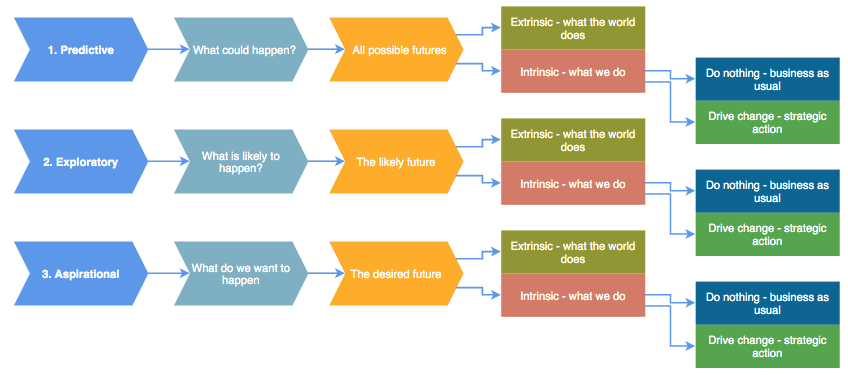Scenario planning (also known as scenario analysis) is a process of analyzing possible future events by considering alternative possible outcomes which is kind of projection that does not try to show one exact picture of the future. Instead, it presents several alternative future developments. Consequently, a scope of possible future outcomes is observable.
Scenario analysis is designed to allow improved decision-making by allowing deep consideration of outcomes and their implications. It enables professionals, and the public, to respond dynamically to an unknown future. It assists them with thinking, in advance, about the many ways the future may unfold and how they can be responsive, resilient, and effective, as the future becomes reality.
When to Use Scenario Planning?
Every business encounters risk at some point. Sometimes we might want to model different hypothetical situations that could impact your business. A scenario planning process begins by scanning the current reality, projected forecasts, and influential internal and external factors to produce a set of plausible potential futures which help us understand how various different situations will affect our business, for example:
- What happens if we hire a new employee?
- What if that invoice doesn’t get paid on time?
We can then develop a series of initiatives, projects, and policies (i.e., tactics) that may help support a preferred scenario, a component of a scenario, multiple scenarios, or all scenarios.
How to Perform Scenario Planning?
There are no standardized way for performing scenario planning. Here, we provide three most widely-used templates for the performing scenario planning:


